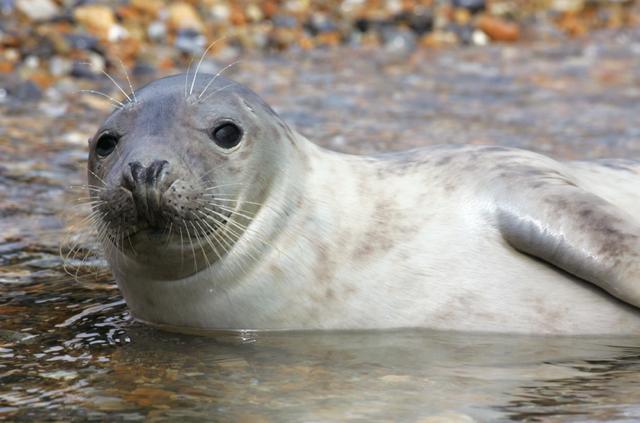Overview
Convergent evolution is the study of how different species develop similar physical traits in order to adapt to similar environmental conditions. Biomes are biological communities that are distinguished by climatic conditions and the species that inhabit it. One category of biomes are the deserts. Whereever deserts occur in the world, they all share similar environmental conditions, one of which is an abundance of sand or sand dunes. The sidewinder is a species of viper that lives in the deserts of the south western United States. The sawscaled viper of Africa is an entirely different species of snake; however, both the saw-scaled viper and the sidewinder employ the same distinct sideways motion in order to gain traction across the desert sands. Both species have adapted to the same environmental conditions by using the same strategy. But the physical features that are shared by convergent species may also include internal similarities - for example, the paws of the bear and the flippers of the seal share the same bone structure.
Scientific Terms
Materials
Internet access
Procedure
Note: Refer to the resources under the bibliography section as well other online resources to conduct this investigation.
-
Identify a biome:
- Desert
- Savannah, prairies and grassland
- Forest and woodland
- Tropical rain forest
- Mountains
- Fresh water
- Ocean
- Tundra
- Identify two different continents that contain the biome you selected.
-
Research the characteristics of the biome such as:
- Weather conditions
- Annual Rainfall
- Temperature
- The plant life that characterizes the biome
- Research the species that inhabit the selected biome for both continents.
- Select two different species, one from each continent that you believe may share similar physical characteristics. Consider both internal and external physical characteristics:
External:
- Limb structure
- Shape of teeth or beaks
- Claw size
- Tail: Prehensile, flattened, or longer than body length.
- Skin features: (Example: Scales, armor, or fur length).
Internal
- Bone structure
- Specialized stomach
- Note: The previous list are just examples and not exclusive of all the possible adaptive characteristics.
Form a conclusion as to whether the shared physical characteristics are consistent with the demands posed by the selected biome.
References
- "What is Convergent Evolution," from the Wise Geek" http://www.wisegeek.com/what-is-convergent-evolution.htm
- "World Biomes" http://www.blueplanetbiomes.org/world_biomes.htm
- "List of Examples of Convergent Evolution," from Wikipedia http://en.wikipedia.org/wiki/List_of_examples_of_convergent_evolution
- "Convergent Evolution" http://www.zo.utexas.edu/courses/THOC/Convergence.html

